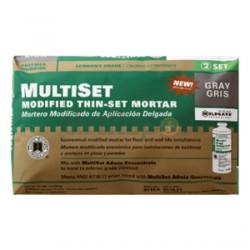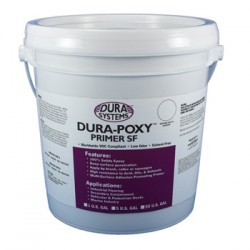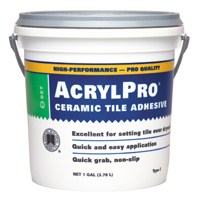Adhesive for Tile
Truth be told, it’s often a matter of personal choice as much as it is “what is right.” There is nothing 100% right for all tiling projects, so let’s look at a few top adhesives for tile and let you decide:
Thin-Set Mortar

Probably the number one (as in popular) adhesive for tile. Thin-set mortar in dry form is very cheap and it provides a reliable bond for your tile.
- Comes in dry or pre-mixed form.
- Dry thin-set mortar can be hard to mix thoroughly.
- Takes a long time for the tiles to “set,” during which time the tiles can slide out of place.
- Easy clean-up.
- Throw in a latex additive for better strength.
- Can do some minor leveling or bridging of gaps.
What about brick mortar? This mortar is best left for exterior uses.
Epoxy Thin-Set

Another good adhesive for tile, though not as popular as straight thin-set due to the cost. You’ll get awesome “stick” with epoxy thin-set.
- Pricey.
- Hardens quickly.
- Kind of messy, because of separate things to mix together (resin, powder, and epoxy).
- Great bond.
- Really good for places where tiles can slip during installation, such as walls.
Tile Mastics

Tile mastics have long been choice of adhesive for tile, but they do have drawbacks, chiefly smell and lack of flexibility.
- Latex- based or petroleum-based.
- Immediate “stick”–great for shower walls.
- Cannot level a surface or bridge gaps.
- Once dry, mastics are not highly flexible.